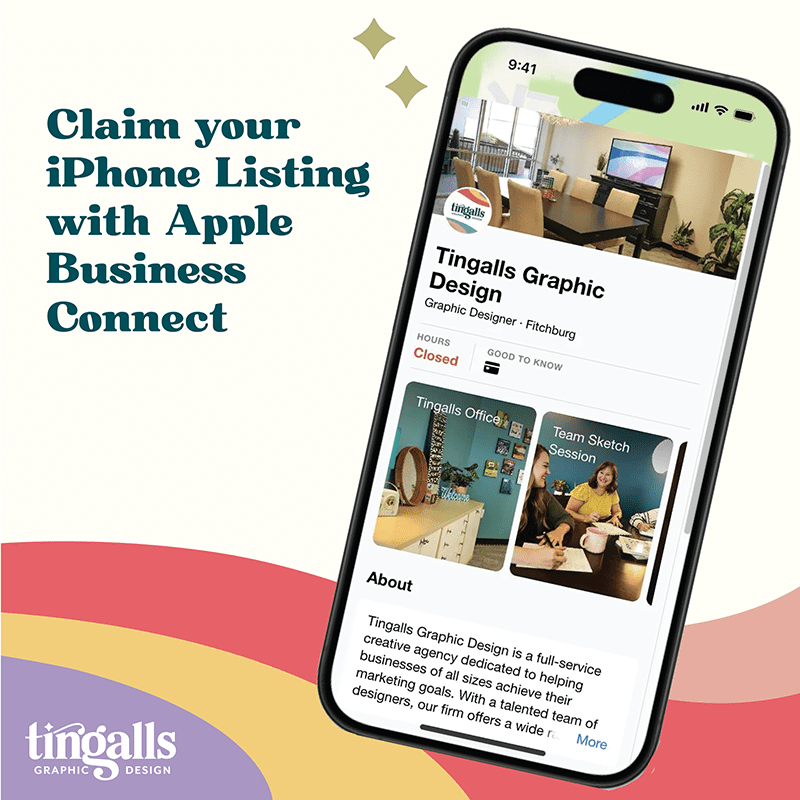Busy customers will appreciate website built for mobile devices
 Article from The Capital Region Business Journal – June 2011
Article from The Capital Region Business Journal – June 2011
By Jonny Buroker, Internet Marketing Consultant, WSI – We Simplify the Internet
The use of mobile devices to access the Web is growing exponentially and by 2015, many predict that Internet usage on mobile devices will surpass traditional desktops. That has companies everywhere scrambling to build mobile versions of their websites.
Have you looked at your website using a mobile device? I mean, really looked at it? How well does the navigation work? Can you see the entire width of the page or do you have to scroll over in order to see the right side? Are the links easy to identify and are they easy to click? How long do the pages take to load? Also, have you looked at the site from multiple mobile devices? These are just some of the questions you need to ask yourself when you consider how “mobile friendly” your site really is.
Just a few short years ago businesses realized that they needed to have a website if they wanted to remain competitive. That site needed to look good, be user friendly, and be optimized for the search engines. Just when companies were making great strides toward these goals, along came mobile devices and changed the landscape significantly.
To address the mobile user and the use of their devices to view their website, businesses were mainly concerned with whether the site displayed properly. They changed out Flash sites for standard HTML sites, they turned off the videos that would automatically start playing when you went to a page, they reduced the size of images, etc., and they thought the result was a “mobile site”. But is it really?
What makes a mobile site ‘mobile’?
Just being able to view a site on a mobile device does not mean that the site is mobile friendly. Generally, the experience of viewing and navigating a regular website on a mobile device will be frustrating at best. Needing to scroll horizontally as well as vertically, tiny text links that are too close together, and useless images and pictures that take up lots of screen space are just some of the things that developers need to keep in mind as they build their mobile site.
To truly be “mobile” the site should be built and developed with the mobile devices in mind. This gets complicated quickly as there are multiple platforms to be considered (iPhone, Android, Blackberry, and Windows Mobile), and each one has slightly different resolutions, screen sizes and operating systems. Each platform has it’s own “web kit” that allows developers to accommodate the differences that each platform has.
Mobile website best practices
As you develop your site, here are some best practices to consider:
• Keep it simple: Your mobile site should not replicate 100 percent of your existing site. People on the go want to find stuff and find it fast. Remove the clutter (e.g., graphics that add no value, most images), simplify navigation, prioritize content and make it easy to find.
• Incorporate “touch” into your navigation: Many mobile devices have touch screens, so design your navigation and links with that in mind. Make the navigation buttons and any text/image links large enough to click with your thumb while holding the mobile device with one hand.
• One column of content/one direction scrolling: Unlike your existing website that has 2, 3 or more columns, your mobile site should be limited to one column so that the user doesn’t have to scroll horizontally to see the righthand side of the page. One column of content also provides for one direction scrolling, basically from the top of the page to the bottom.
• Eliminate pop-ups and new windows: We’ve all experienced the annoyance of pop-ups and new windows on our desktop computers. Don’t ruin the mobile experience of your visitors.
• Provide a link to your main site: Because your mobile site is a trimmed-down version of your main site, some mobile visitors may want to visit your standard site. Make it easy for them to get to your standard site by including a link in the footer section of your mobile site.
Take the time to plan your mobile site, get someone who’s experienced with the different platforms to develop your site, and then thrill your mobile users with a great experience.
______________________
JONNY BUROKER is an Internet Marketing Consultant with WSI – We Simplify the Internet, serving south central and southwest Wisconsin.
Contact: jburoker@wsippcseo.com
Image credit: Ambro



